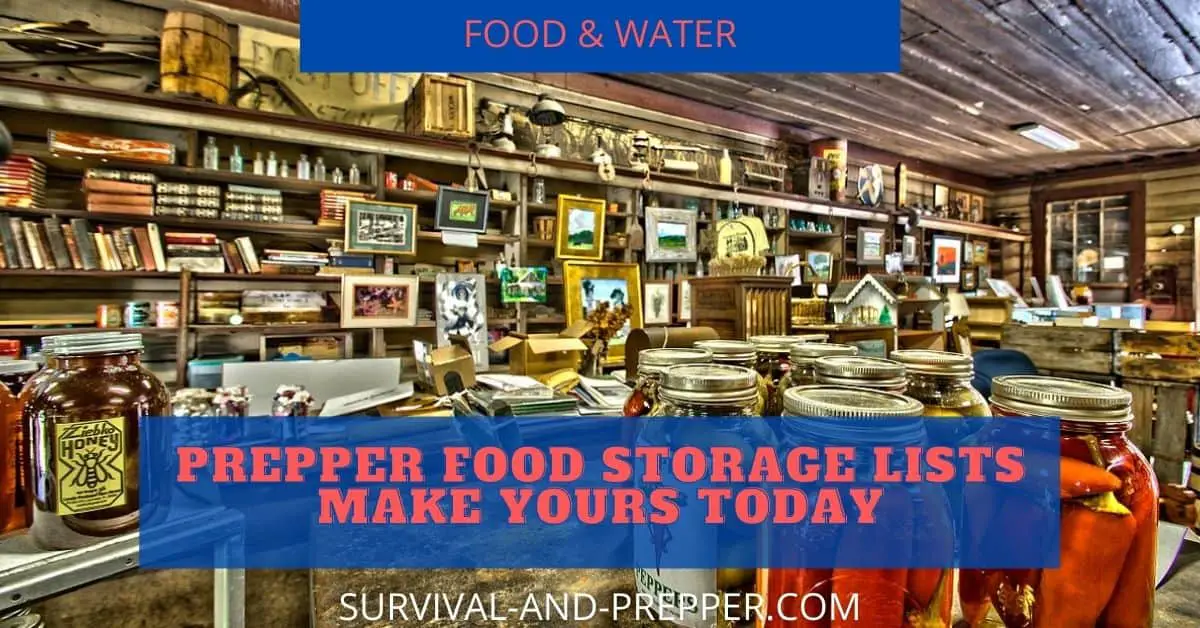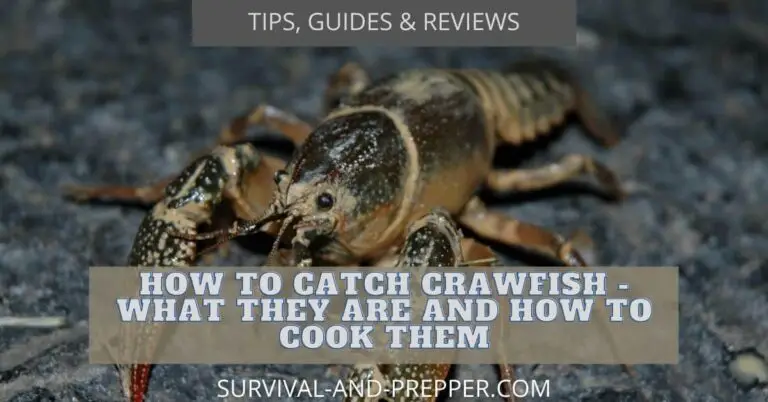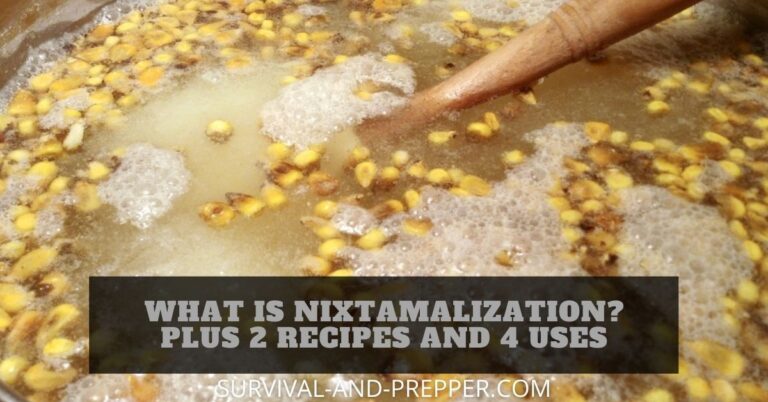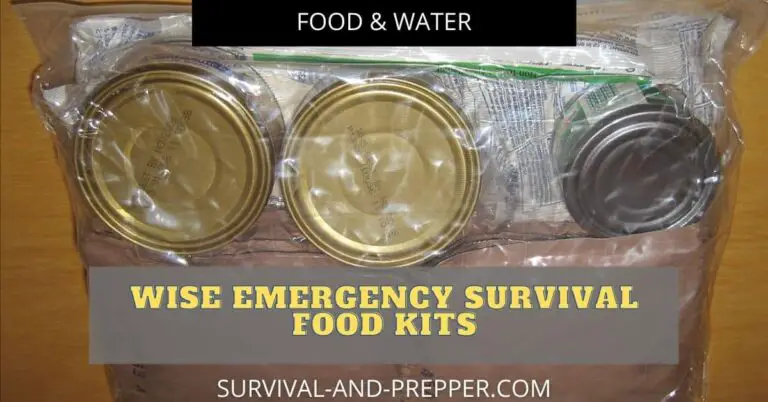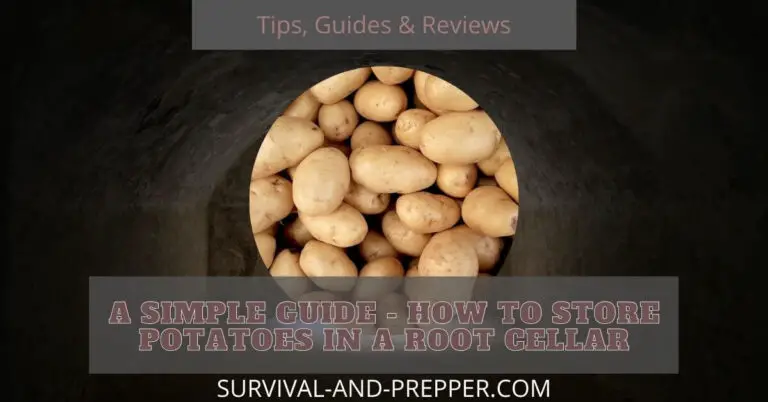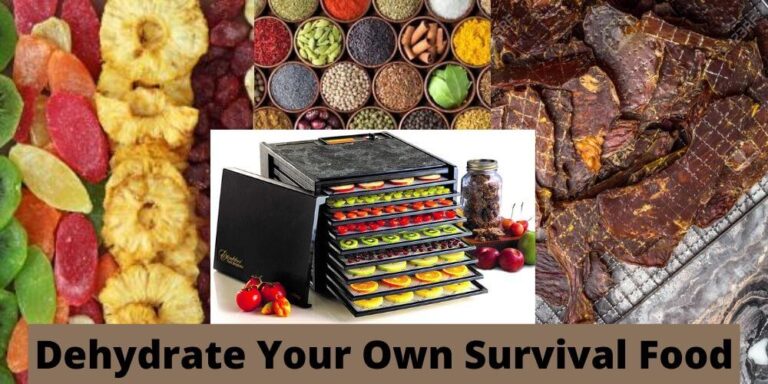Prepper Food Storage 101: A Simple and Practical Checklist for Any Situation
Creating a List
One of the first and most important steps for any prepper is to create a food storage list. This list will help you plan, buy, and store the food that you will need in case of an emergency. But how do you make a good food storage list?
It’s not as simple as just grabbing whatever you see on the shelf. You need to consider several factors, such as your cooking skills, your preferences, your budget, your space, and your goals.
First, you need to think about what kind of food you can and will eat. There’s no point in storing food that you don’t know how to cook or that you don’t like. For example, I can’t bake a cake to save my life. But I can make delicious cornbread anytime. So I would rather store cornmeal than cake mix.
So take a look at your current cooking habits and abilities. What kind of food do you usually cook and eat? What kind of food do you enjoy and feel comfortable making?
If you only know how to use a microwave or a box mix, you might want to learn some basic cooking skills before you stock up on dried beans and cornmeal. You don’t want to wait until disaster strikes to find out that you have no clue how to prepare your food.
Second, you need to think about how long you want to store your food for. How long do you expect to rely on your food storage? Do you want to have enough food for two weeks, a month, or longer? This will affect what kind of food you should store and how much of it.
Different foods have different shelf lives and storage requirements. You also need to consider how much space you have to store your food. You don’t want to end up with more food than you can fit in your pantry or basement.
How Long Do Your Preps Need to Last
For this article, I’m going to assume that you want to have enough food for one month. That’s a reasonable and realistic goal for most preppers. Of course, you can adjust this according to your own needs and preferences.
You need to think about what kind of food you want to store. There are two main categories of food that you can choose from: unprepared foods and prepackaged foods.
Unprepared foods are foods that are in their raw or basic form. These include dry beans, corn, cornmeal, flour, nuts, seeds, water, and other staples. These foods are usually cheaper and more versatile than prepackaged foods.
You can use them to make different dishes and recipes according to your taste and creativity. However, these foods also require more preparation time and cooking skills. You also need to make sure that they are stored properly to prevent spoilage and pests.
If you are worried about losing power or access to cooking facilities, you might also want to store some dried meats, such as jerky or freeze-dried foods. These foods are high in protein and can last for a long time without refrigeration.
You can also store some canned foods, such as tuna, chicken, beans, vegetables, and fruits. These foods are easy to open and eat without cooking. However, they are also more expensive and bulky than unprepared foods. They also have a shorter shelf life and may contain additives or preservatives.
Prepackaged foods are foods that are already cooked or prepared for you. These include MREs (Meals Ready to Eat), freeze-dried meals, dehydrated meals, instant soups, cereals, bars, snacks, and other convenience foods.
These foods are very easy and quick to prepare and eat. You usually just need to add some water or heat them up. They are also lightweight and compact compared to unprepared foods. However, they are also more expensive and less nutritious than unprepared foods. They may also contain artificial ingredients or flavors that you may not like.
If you don’t have much cooking skills or time, prepackaged foods might be a good option for you. You can find them at army surplus stores, camping stores, or online retailers. Some popular brands are Backpackers Pantry , Mountain House , Wise Foods , and Augason Farms .
The Final Consideration, Number of People
The last thing you need to think about is how many people you are feeding with your food storage list. You need to make sure that you have enough food for everyone in your household or group.
A good way to do this is to make a meal plan for a week or two that includes how much of each food item you need per meal. Then multiply that by the number of weeks or months that you want to store food for.
For example, if you use 1 lb of cornmeal per week and you want to store food for a year, you will need at least 52 lbs of cornmeal. If you drink 8 glasses of water per day, you will need at least 240 gallons of water per year. You can use this calculator to help you estimate how much water you need.
Example, Items Available at a Local Store for a Food Storage List
Here is an example of a food storage list for one person for one month, using a mix of unprepared and prepackaged foods:
- Powdered eggs – 32 servings
- Bisquick Mix – 28 servings
- Powdered Milk – 36 servings
- Canned Meat such as corn beef hash – 15 cans
- Saltine Crackers – 300 packs in case
- 30 cans of mixture soups, raviolis
- 2 bags Corn meal
- 30 cans vegetables
- 10lb bag of rice
- Jar of Peanut Butter
- Chicken and Beef Bouillon Cubes
- 5 bags of dried beans – lima, pinto etc
This is just a sample list that you can modify according to your own preferences, needs, and budget. You can also add other items that you like or need, such as salt, sugar, spices, condiments, vitamins, medications, etc.
The important thing is to start somewhere and build your food storage list gradually. You don’t have to buy everything at once. You can buy a few items every week or month until you reach your goal. You can also look for sales, discounts, coupons, or bulk deals to save money and get more food for your buck.
Remember, food storage is not only a smart and practical way to prepare for emergencies, but also a fun and rewarding hobby. You will feel more confident and secure knowing that you have enough food to survive and thrive in any situation. You will also enjoy the variety and quality of the food that you have stored. So start your food storage list today and get ready for the future.
Example, Using Survival Foods for a Food Storage List
If you prefer convenience and simplicity, you might want to use prepackaged foods for your food storage list. One option is to use MREs (Meals Ready to Eat), which are complete meals that come with their own heating system and only require some water. For one person, you will need about 3 MREs and 4 bottles of water per day to meet your nutritional and hydration needs. That means you will need about 90 MREs and 120 bottles of water for a month.
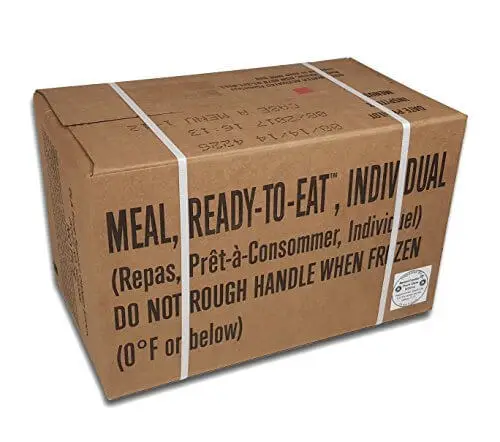
The good thing about this option is that it doesn’t take up much space. You can easily store all your food and water in a closet or under a bed. A case of water usually contains 24 bottles, and a case of MREs usually contains 12 meals. So you will need about 8 cases of MREs and 5 cases of water for a month.
The downside of this option is that it can be quite expensive. A case of MREs can cost anywhere from $70 to $90, depending on the brand and quality. That means you will have to spend between $560 and $720 for a month’s supply of food. You might want to look for deals, discounts, or coupons online or in stores to save some money on this option.
Conclusion
Creating a food storage list is one of the first things you should do to prepare for any emergency or disaster. It will help you ensure that you have enough food and water to survive and thrive in any situation. However, creating a food storage list can be challenging and confusing.
You need to consider several factors, such as your cooking skills, your preferences, your budget, your space, and your goals.
In this article, I have given you some tips and examples on how to create a food storage list that works for you. I have shown you how to choose between unprepared foods and prepackaged foods, and how to calculate how much food and water you need for a certain period of time.
I have also included a sample food storage list for one person for one month, using a mix of unprepared and prepackaged foods.
Of course, this is not the only way to create a food storage list. You can modify this list according to your own needs and preferences. You can also add other items that you like or need, such as salt, sugar, spices, condiments, vitamins, medications, etc.
The important thing is to start somewhere and build your food storage list gradually. You don’t have to buy everything at once. You can buy a few items every week or month until you reach your goal. You can also look for sales, discounts, coupons, or bulk deals to save money and get more food for your buck.
Remember, food storage is not only a smart and practical way to prepare for emergencies, but also a fun and rewarding hobby. You will feel more confident and secure knowing that you have enough food to survive and thrive in any situation. You will also enjoy the variety and quality of the food that you have stored. So start your food storage list today and get ready for the future.
